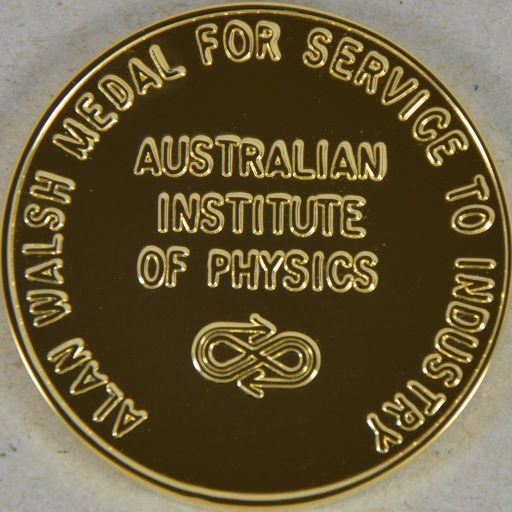Alan Walsh Medal for service to industry

The Alan Walsh Medal, an initiative of the NSW Branch of the AIP, recognises significant contributions by a practicing physicist to industry in Australia.
It commemorates the late Sir Alan Walsh, Kt, FAA, FTS, FRS, one of Australia’s most eminent and distinguished scientists, who was the originator and developer of Atomic Absorption Spectrophotometry (AAS) and pioneered its application as a tool in chemical analysis, who was an AIP Honorary Fellow..
The Award consists of a medal, a certificate, one year membership of the AIP, and is awarded biennually. The award will be presented to the winner at the AIP Congress in the year of the award.
Eligibility requirements
Nomination Process
Assessment Criteria
It commemorates the late Sir Alan Walsh, Kt, FAA, FTS, FRS, one of Australia’s most eminent and distinguished scientists, who was the originator and developer of Atomic Absorption Spectrophotometry (AAS) and pioneered its application as a tool in chemical analysis, who was an AIP Honorary Fellow..
The Award consists of a medal, a certificate, one year membership of the AIP, and is awarded biennually. The award will be presented to the winner at the AIP Congress in the year of the award.
Eligibility requirements
- Nominations are open to candidates working in industry, government laboratories or academia.
- Physics research related to the award nomination must have been carried out in Australia in the eight years prior to the date of the award.
- Nominee’s research/development outcomes may include patents, processes or inventions which have led to significant industrial and/or commercial outcomes, such as devices that are being manufactured or have influenced a major industrial process.
- May include consulting to government or industry.
- Nominee has not previously been an Alan Walsh Medal recipient.
- The nominee must be nominated by a Proposer who is a member of the AIP.
- The nominee, if successful, must be prepared to provide a copy of their lecture in a form suitable for submission for publication in Australian Physics and present an invited talk at the next AIP Congress.
Nomination Process
Completion of the Alan Walsh Medal nomination form. This nomination form requires the nominee to provide:
- a one sentence citation capturing the nature of the work, as well as a longer citation (no more than 300 words) that briefly summarises the nominee’s contributions in relation to the award application. This is to be written for a scientifically literate lay person. This will be used for promotion/certificates if the nominee is successful;
- the names of up to three internationally known referees, one of whom should have had industrial experience, who have the appropriate expertise to offer a critical appraisal of the nominee’s achievements;
- a brief curriculum vitae covering personal details, academic and professional qualifications, outline of career history, honours and distinguished awards; a full CV is not necessary;
- a short account (1-2 pages) of the achievements of the nominee (or nominees for a joint submission) in research and development setting out the achievements on which the application rests and drawing attention to those articles, reports or patents which are most important;
- evidence of Nominee’s research/development outcomes. This evidence will be in the form of papers and/or patents published during the eight years immediately preceding the date on which entries for the award close and/or descriptions of a device or devices that are being manufactured or have influenced a major industrial process. Unpublished materials and other evidence produced during the 8-year period may also be submitted. If a nominee considers that knowledge of work carried out prior to the 8-year period is necessary for the correct evaluation of the application, reference may be given to such work where published. Unpublished accounts of such previous work or evidence concerning devices produced prior to the eight-year period that can be demonstrated to be significant in relation to later developments may also be submitted. Where heavy reliance is placed on material not reasonably available, a copy of this material may also be submitted;
- a list of relevant publications, patents and reports by descriptive title and references related to the achievements on which the application is based.
Assessment Criteria
The significance of research/development outcomes that have led to patents, processes or inventions which have, in the opinion of the judging panel, led to significant industrial and/or commercial outcomes, such as devices that are being manufactured or have influenced a major industrial process.
Further Information
Nominations: Nominations close April 15 in the nomination year.
Submissions should be emailed to awards@aip.org.au.
Only one medal will be awarded in each round.
Previous Winners
- 2024 Associate Professor David Simpson, Univeristy of Melbourne
- 2022 No award
- 2020 Professor Ann Roberts, University of Melbourne
- 2018 Professor Andre N Luiten, University of Adelaide
- 2016 No award
- 2014 Professor Ping Koy Lam, Australian National University, Professor Timothy Ralph,
University of Queensland, and Dr Thomas Symul, Australian National University - 2012 Professor Michael E Tobar and Professor Eugene Ivanov, University of Western Australia
- 2010 A/Prof Robert E Scholten, University of Melbourne
- 2008 Dr Tony (AJD) Farmer, Dr Tony (AB) Murphy and Dr Trevor McAllister, CSIRO
- 2006 Prof. Andrew Blakers and Dr Klaus Weber, Australian National University
- 2004 Dr Brian D Sowerby and Dr James Tickner, CSIRO
- 2002 Dr Ian M Bassett and Dr John Haywood, Sydney University

